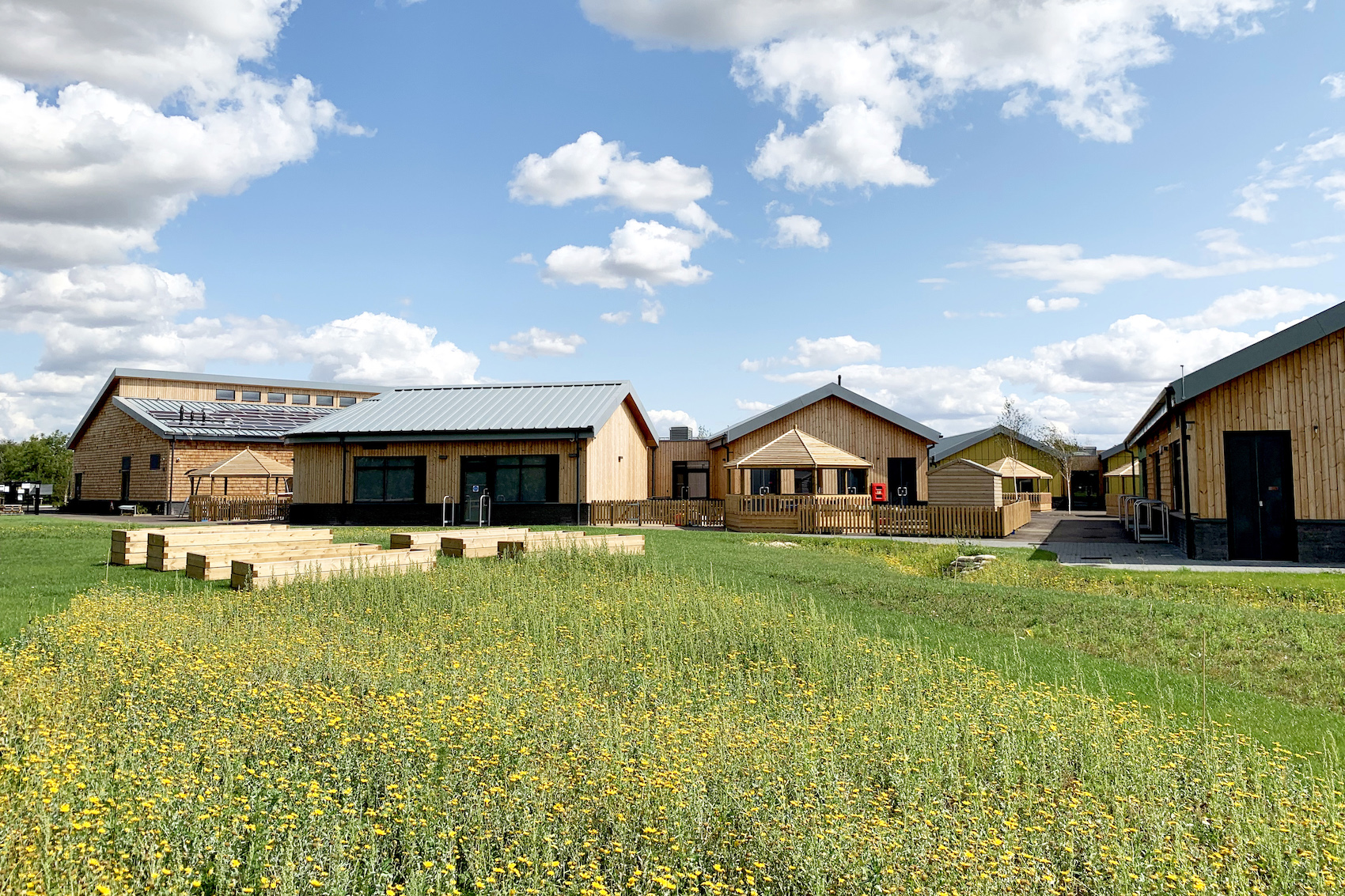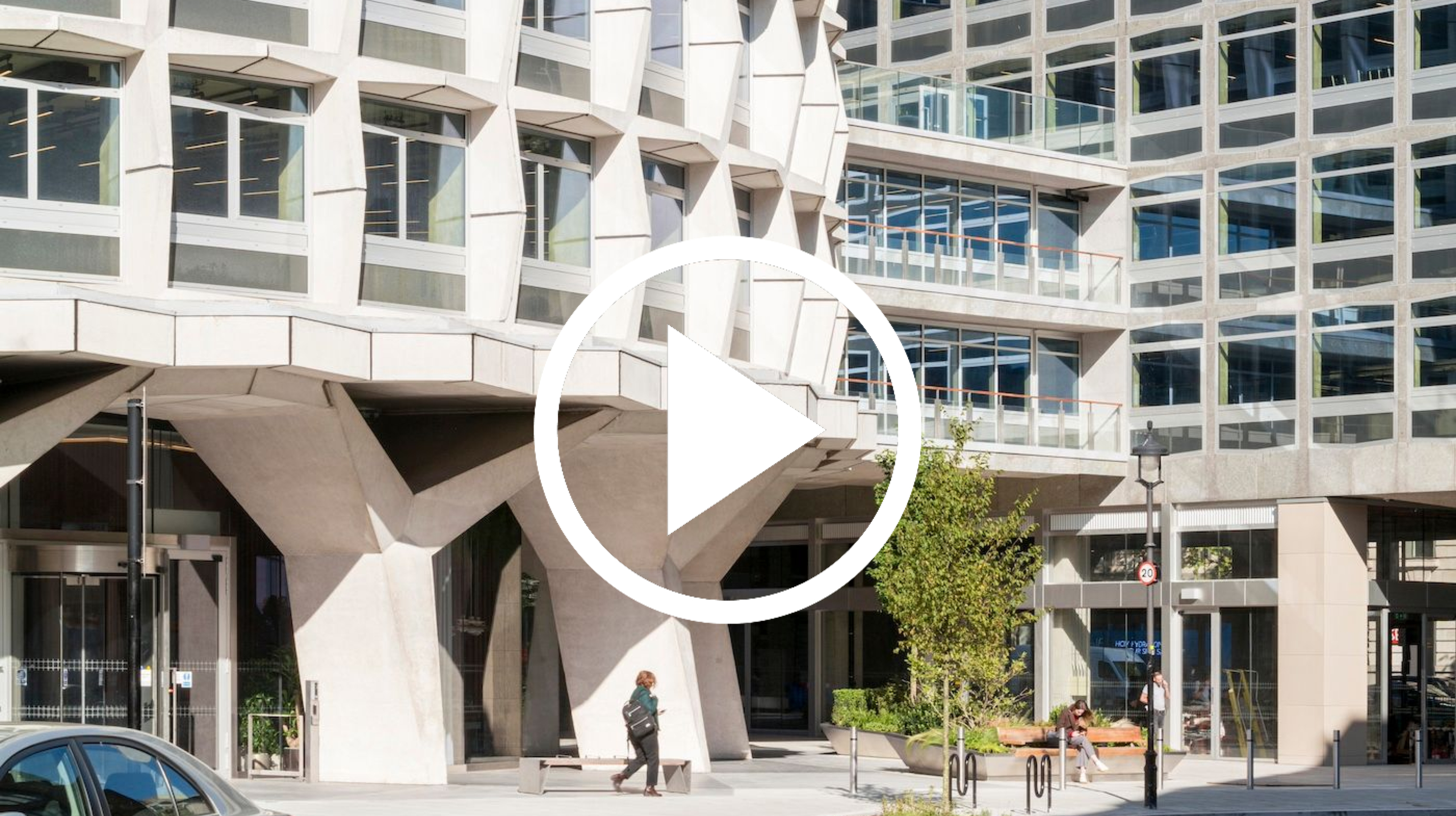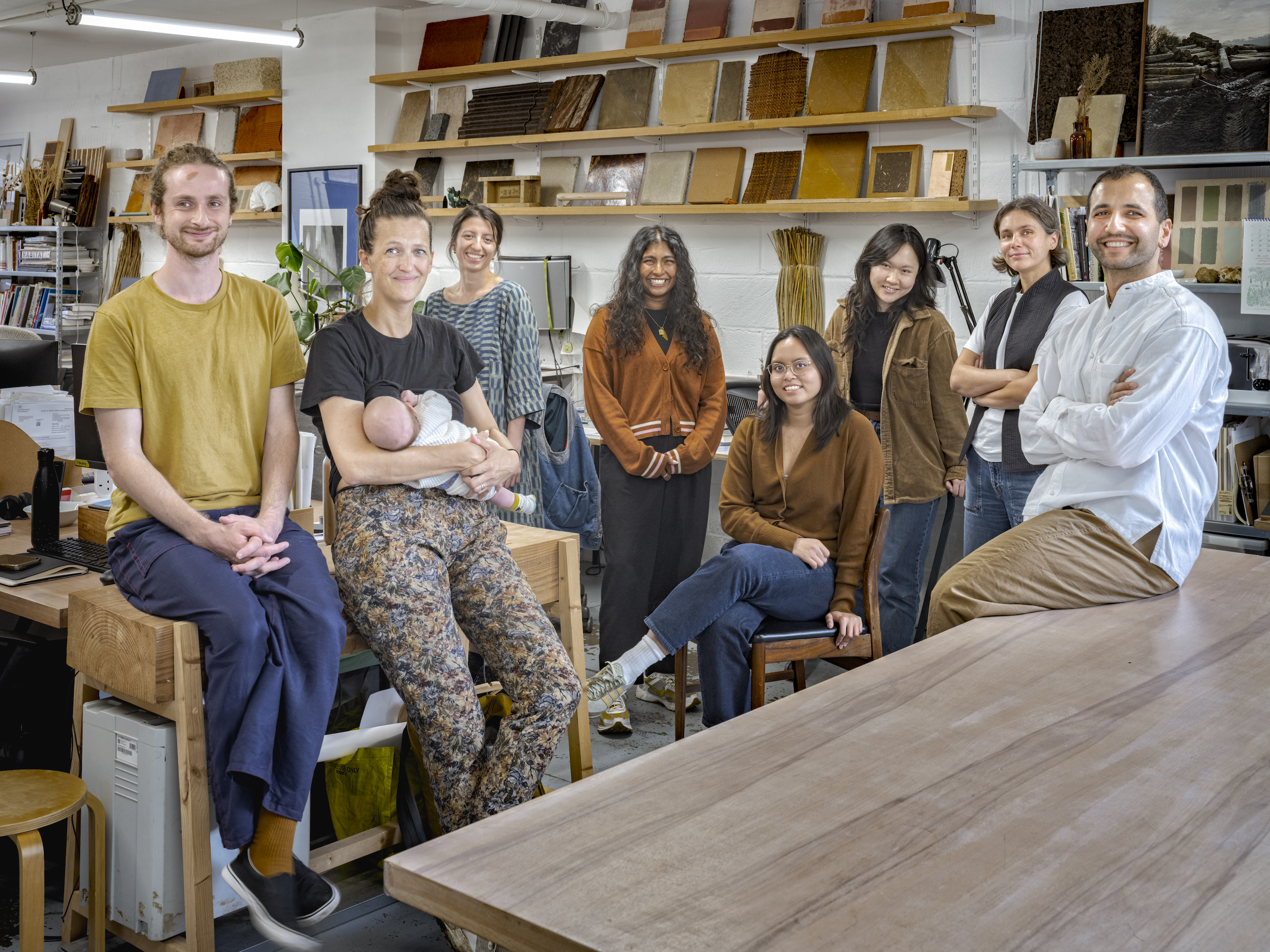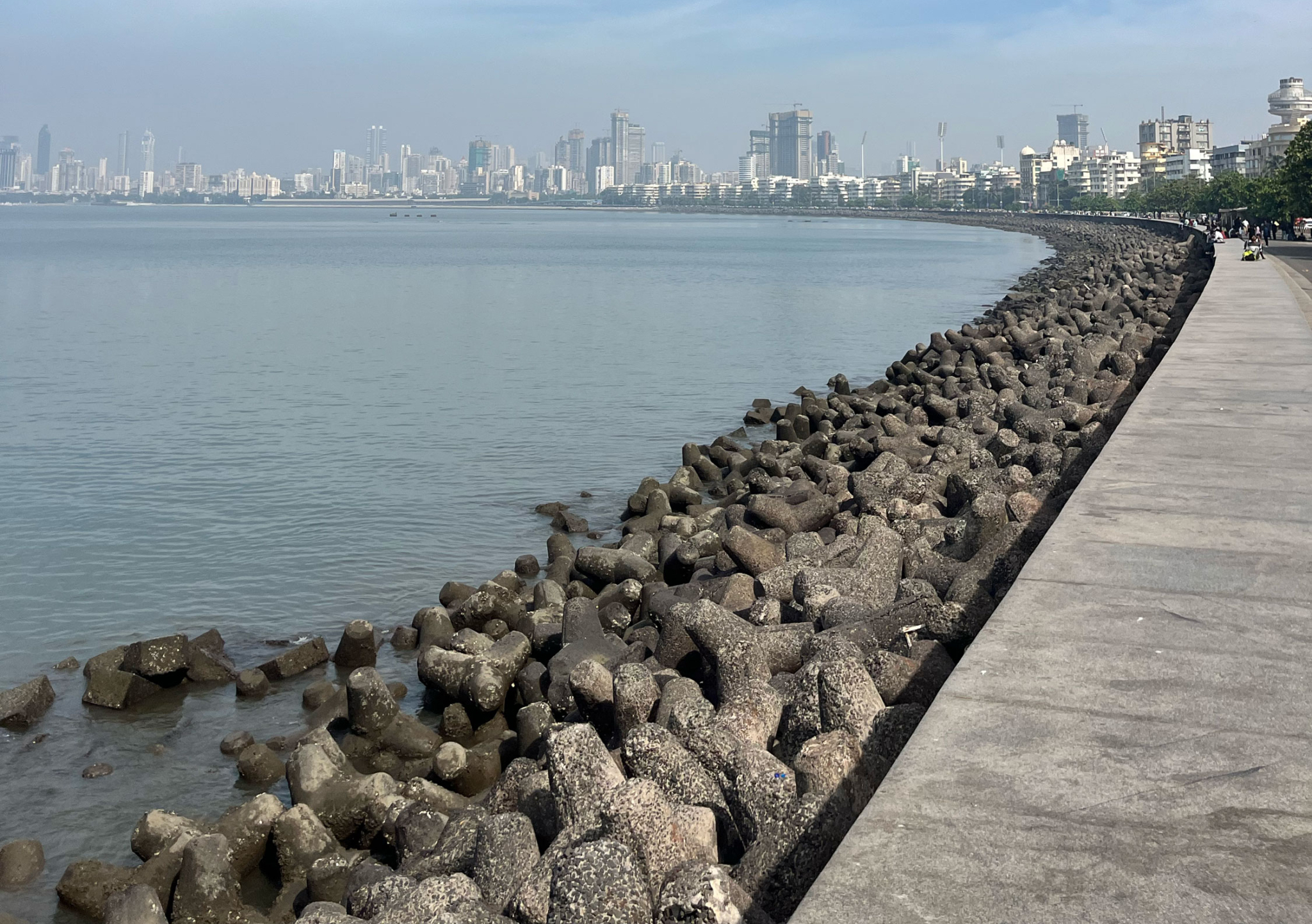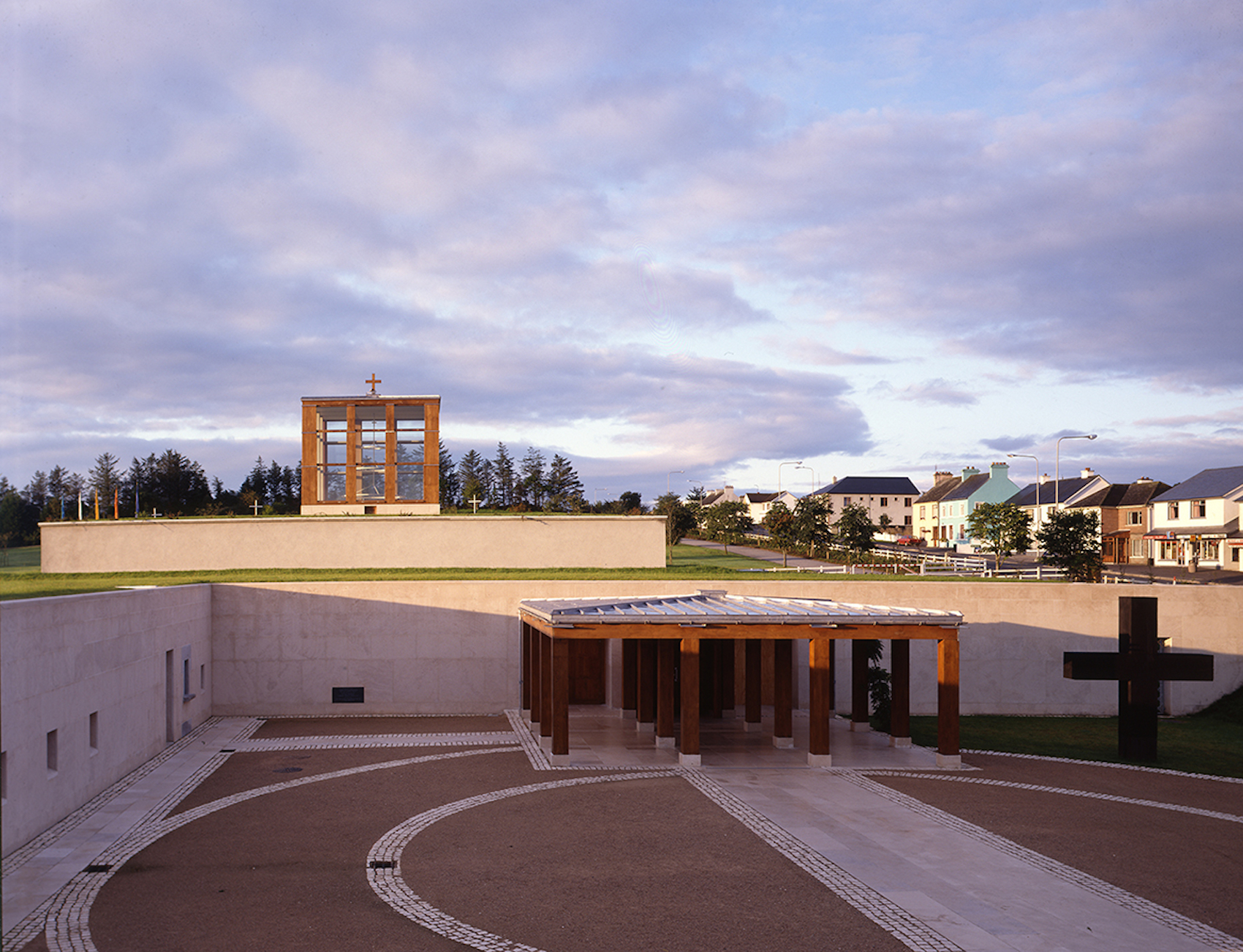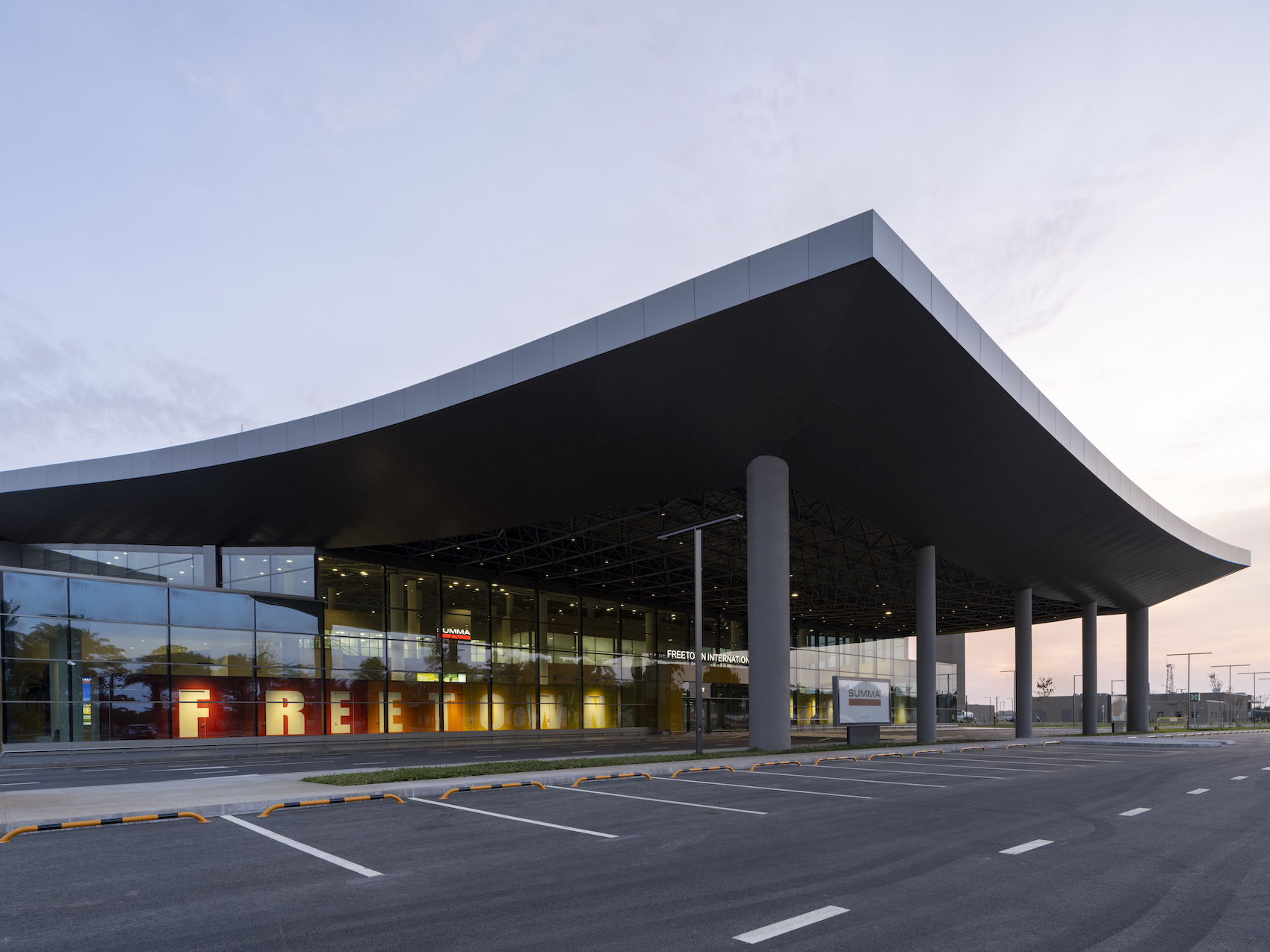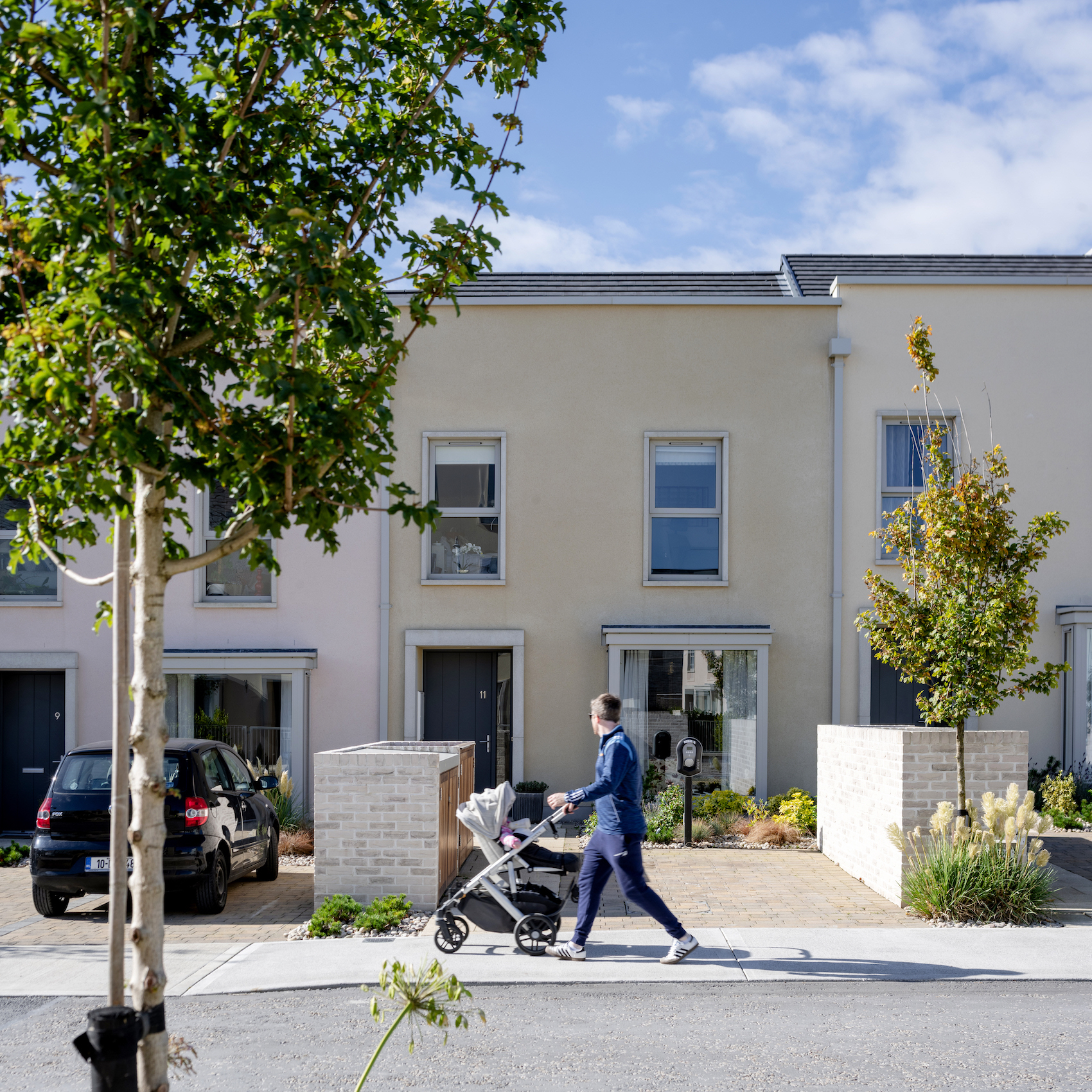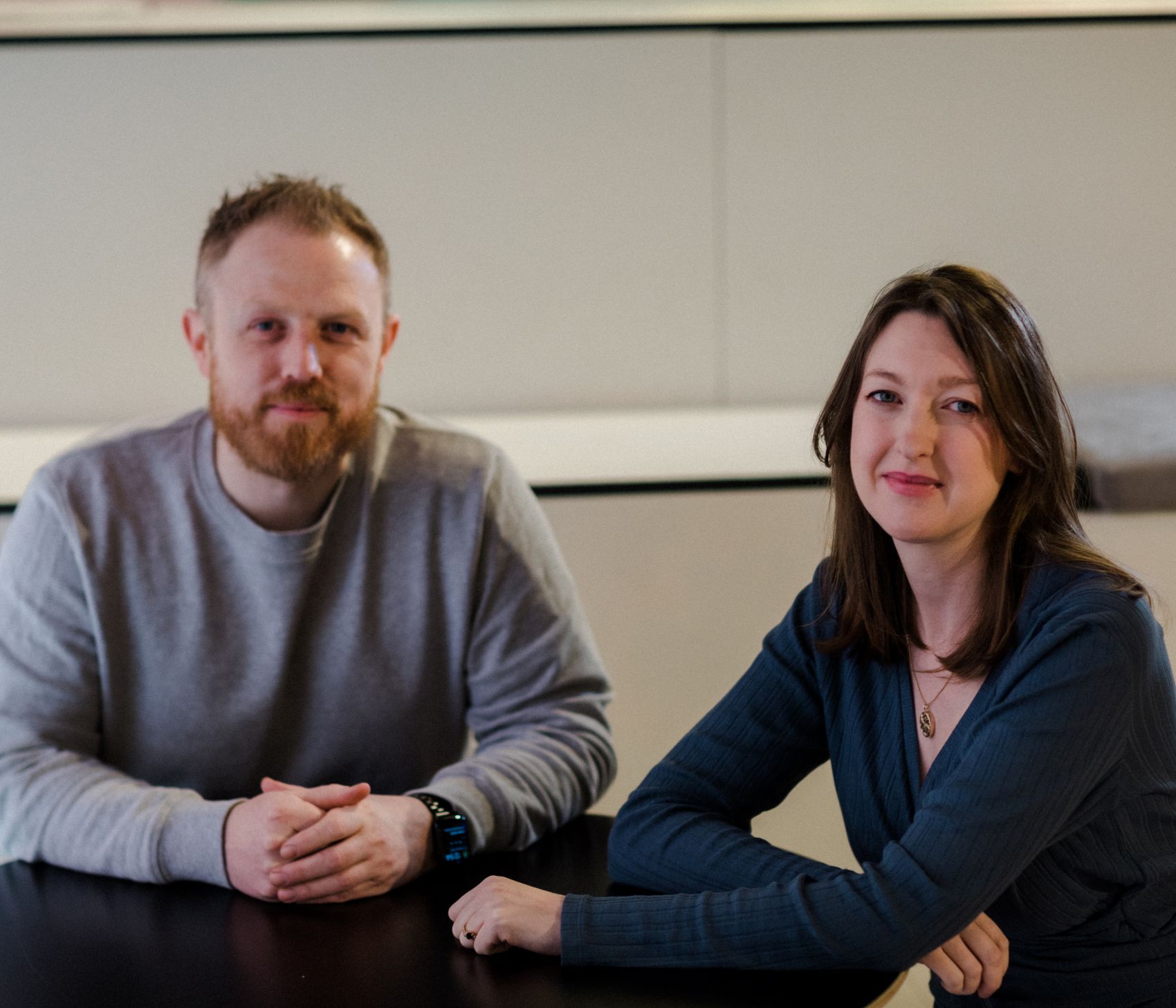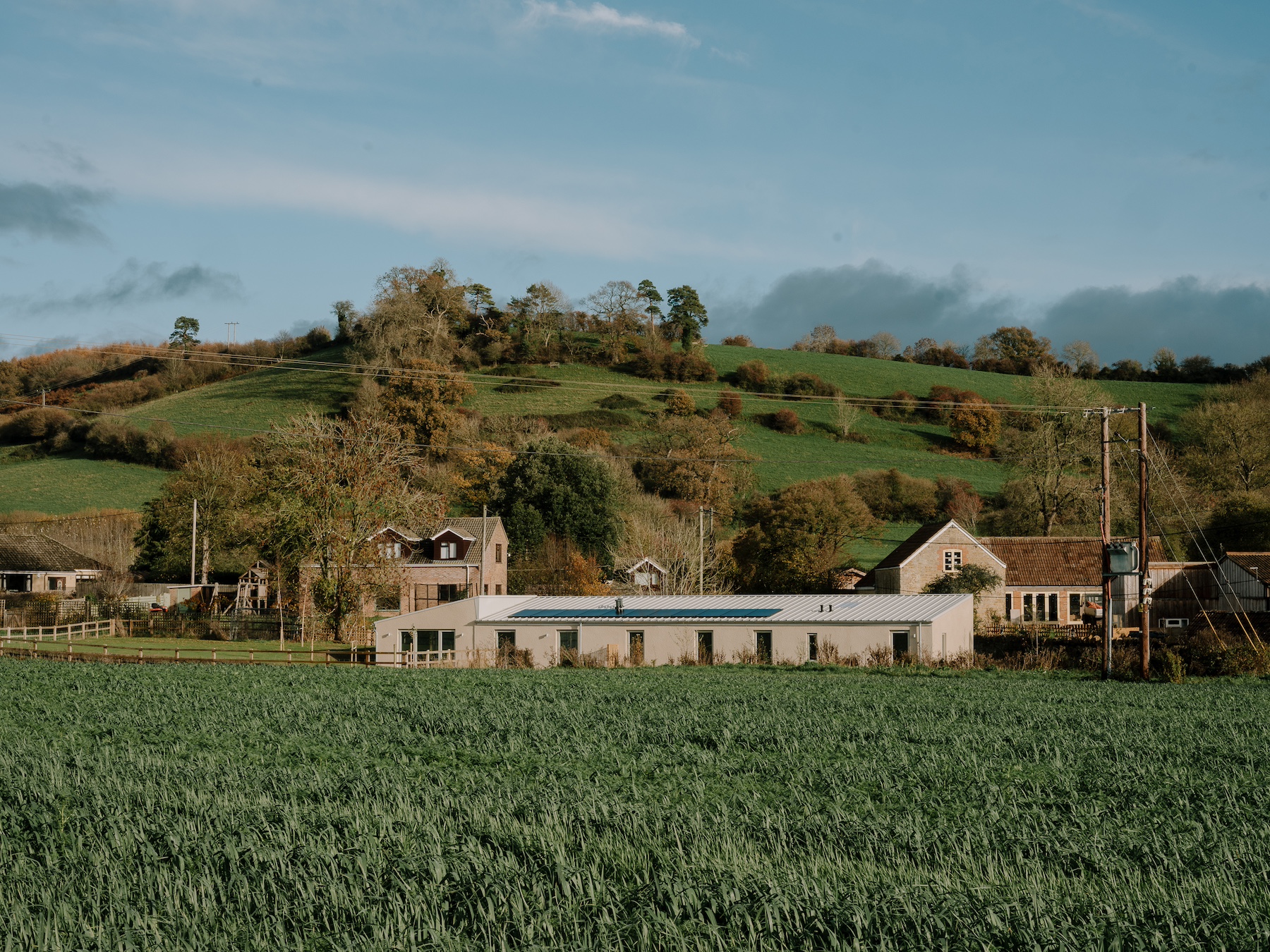Lungfish Managing Director Simon Reid tells AT about the trouble with corridors and dragonflies, the secret of successful Forest Schools and the importance of swapping school shoes for wellington boots.
What is Lungfish?
We’re an interdisciplinary design team that started out as the design arm of the public sector procurement organisation Scape Group, but become a separate entity with our own name in 2016. We pride ourselves on delivering projects on behalf of local authorities for the benefit of local communities. We’re still a subsidiary of Scape, but we have the freedom to go out and win our own work as well as servicing clients through Scape’s public sector frameworks.
Why Lungfish?
I’m a bit of a nature obsessive. I looked at big brands like Virgin and Moonpig and Apple. I knew I didn’t want the practice to be like every other architecture practice and have the founder’s name with ‘and partners’ at the end, or an anonymous acronym. And we wanted a name that wouldn’t date, and that would retain its relevance for generations to come. At the time a lot of our clients were children and the whole pitch was that we wanted them to have a name they could get excited about, and that they would remember. We liked the idea that when their parents said ‘what were you doing today Son?’ they’d say ‘We were working with Lungfish’. We thought about calling it dragonfly, but the dragonfly only lives for six days, which didn’t feel like it gave out the right message. ‘Lung’ and ‘fish’ are not particularly pleasant words. But the lungfish has survived millennia. And it knows how to adapt. It started as a sea-creature, but it climbed out of the sea and can survive on dry land.
Can you tell us a bit about the evolution of forest schools in the UK?
Forest schools originated in Scandinavia, but they’ve existed in the UK since the early nineties. They champion the outdoor environment as a place to nurture creativity through self-activity and investigation. As architects, its our job to create spaces that positively affect the way children learn and evolve, and we were involved in forest schools and the benefits of outdoor learning before COVID, but I would say the pandemic really brought home the connection between these types of learning environments and our children’s mental health. During Lockdown, it became abundantly clear that we all crave and value a connection with nature, and that schools with good access to the outdoors were better able to a provide a safer environment for children but also for staff.
Cotton End Forest School in Bedfordshire provides 686 nursery and primary school places. Designed on Forest School principles, the campus encourages outdoor learning and play, combining indoor and outdoor classrooms along with a pond with dipping platform, an amphitheatre, meadows, forests, a market garden and a market square.
What’s the secret of a successful Forest School?
The key to designing any successful school is to tap into the knowledge of the teaching staff and everyone involved. Collaborative engagement sessions with staff help to focus on practical issues. With Forest Schools it’s also about focussing not the relationship between the building and the land around it. At Cotton End Forest School, a primary school and nursery for Bedford Borough Council which we completed in 2019, 60% of the teaching takes place outside, whatever the weather. A eureka moment was when we realised that, by embracing the outdoors, we could remove the corridors. Corridors account account for around 25% of the floor space in most schools, but we did away with them completely by thinking about the school as a campus of discrete teaching pavilions as opposed to a linear composition of linked classrooms. The real win is that each classroom as access to the real classroom: the forest itself. Not only does it save a lot of space, it saves a lot of money – some of which can go on giving every pupil a really good pair of wellies and a really good hat and coat. We’ve given every pavilion its own breakout space where the children don their waterproofs and wellies. A child might go to school looking neat and tidy with a pair of polished shoes, but there’s a moment where they put their wellies on and get stuck in.
Are Forest Schools suitable for older children?
We’ve just completed Bedford Greenacre Independent School, our largest project to date, which has 680 pupils children from Reception through to Year 13. It’s quite challenging trying to weave together an environment for a three-year-old with an environment for a young adult. We designed the campus as a collection of one- and two-storey blocks, with a subterranean level at the centre of the building, offering fantastic views down the valley. The youngest pupils are taught at one end of the building, growing through the school towards the Sixth Form and sports village at the north of the site. Lungfish designed it, working closely with Netherlands-based contractors Pellikaan Construction to develop the project virtually in real-time with the construction sequencing.
Bedford Greenacre Independent School. Reception-aged children are taught at one end of the building, growing through the school towards the Sixth Form and sports village at the north of the site.
Is it possible to quantify the benefits of delivering a Forest School rather than a ‘standard’ school?
Instinctively, especially post COVID, I think we’re all very aware of the benefits of spending time outdoors. Everybody likes the idea of science lessons in a forest, or of kids learning through doing things like growing food and building fires. And being a designated Forest School can help with things like stakeholder engagement and planning. It’s very much in tune with the current focus on Biodiversity Net Gain, and there have been cases where planning has been granted for Forest Schools in the Green Belt on account of their exceptional nature. But there’s a danger that the term becomes a bit of a buzzword. I think what we need at this stage is more evidence, more results. It’s also interesting to see how the benefits feed into a secondary school setting where the curriculum needs to be a bit more prescribed. The Forest School Association, which is doing great work in terms of collecting and sharing information and developing curriculum content.
What keeps you awake at night?
Workwise? Our planning system, and the various delays that slow everything down. I also spend a lot of time thinking about how we can introduce centralised design into our sustainable process and reach the RIBA 2030 Climate challenge. The business is celebrating its 10-year anniversary next spring, so it’s a good time to take stock and focus on the business model for the next five years. In my personal life, the issue is taking on too many projects including a self-build project and never-ending DIY. Mostly though, I’m pretty happy with how things are going, depending on the football results. In terms of work, the best thing is when you walk around a school and there’s a rack full of wellies, and they’re all caked in mud.



